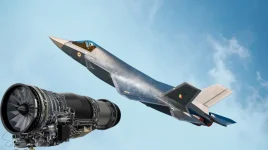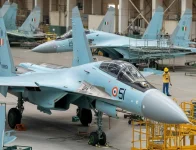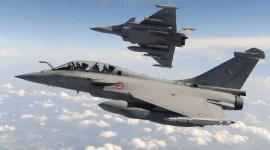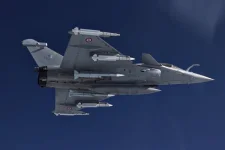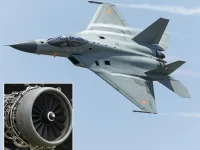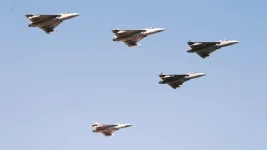Following critical operational challenges highlighted during the Balakot airstrike aftermath in 2019, the Indian Air Force (IAF) has significantly upgraded its communication infrastructure.
By adopting advanced Software-Defined Radio (SDR) technology, the IAF has established a secure and resilient network, enhancing its capabilities for modern network-centric warfare.
The events of February 2019, which included an IAF strike on a terrorist camp in Balakot, Pakistan, and the subsequent aerial engagement known as Operation Swift Retort, exposed vulnerabilities in the IAF's communication and data-sharing systems.
During the engagement, the downing of an IAF MiG-21 Bison and the tragic friendly-fire loss of an Mi-17 helicopter underscored the need for improved Identification Friend or Foe (IFF) systems and secure, integrated communication links that could withstand electronic interference. Reports indicated that the adversary's use of advanced data links provided them an edge over the IAF's existing radio systems at the time.
In response, the IAF initiated a comprehensive program to equip its forces with cutting-edge SDR technology. Unlike traditional radios reliant on fixed hardware, SDRs use software to manage radio transmissions. This offers significant flexibility, allowing for features like resistance to enemy jamming, secure data transmission, and the ability to update the system's software remotely (over-the-air) without needing to ground the aircraft or equipment.
As of April 2025, this upgrade has seen widespread implementation. SDRs capable of operating across multiple frequency bands, rapidly changing encryption codes to evade jamming (crypto-agility), and facilitating Tactical Data Links (TDLs) are now integrated into key IAF assets. This includes frontline combat aircraft such as the Su-30MKI, Mirage-2000I, LCA Tejas, MiG-29, and Rafale jets. Surveillance platforms like the Netra AEW&C and IL-76 based AWACS aircraft have also received these upgrades.
Crucially, the integration extends to ground-based systems. Radars and Surface-to-Air Missile (SAM) units, including the S-400, MR-SAM, and Akash systems, are now linked into the network via SDR-enabled nodes connected to the secure Air Force Network (AFNet). This creates a unified communication environment, overcoming previous challenges of integrating equipment sourced from various countries like Russia, France, Israel, alongside indigenous Indian systems.
This modernization effort leverages both international and domestic technology. Systems like the BNET SDR family from Israel's Rafael Advanced Defence Systems are used alongside indigenous solutions developed by organisations like the DRDO and manufactured by Bharat Electronics Limited (BEL).
DRDO's Vayulink system provides a secure Indian data link protocol, complementing international standards like Link-16, ensuring broad compatibility. BEL's Combat Management System plays a key role in integrating these new SDRs across diverse platforms.
The result is a homogenous communication network where different aircraft, ground stations, and command centres can securely share real-time data, enhancing situational awareness and operational coordination. This capability to have all assets communicating seamlessly on a secure, adaptable network represents a major step forward in India's network-centric defence posture.
Looking ahead, the IAF plans to extend SDR technology to its helicopter fleet, including the ALH Dhruv and Apache attack helicopters, as well as Unmanned Aerial Vehicles (UAVs) like Tapas and the developmental Ghatak UCAV.
Furthermore, Hindustan Aeronautics Limited (HAL) aims to achieve 100% indigenous SDR production capability by 2030. Integration with India’s overarching Integrated Air Command and Control System (IACCS) is also planned, which will further automate processes and shorten response times to emerging threats.


